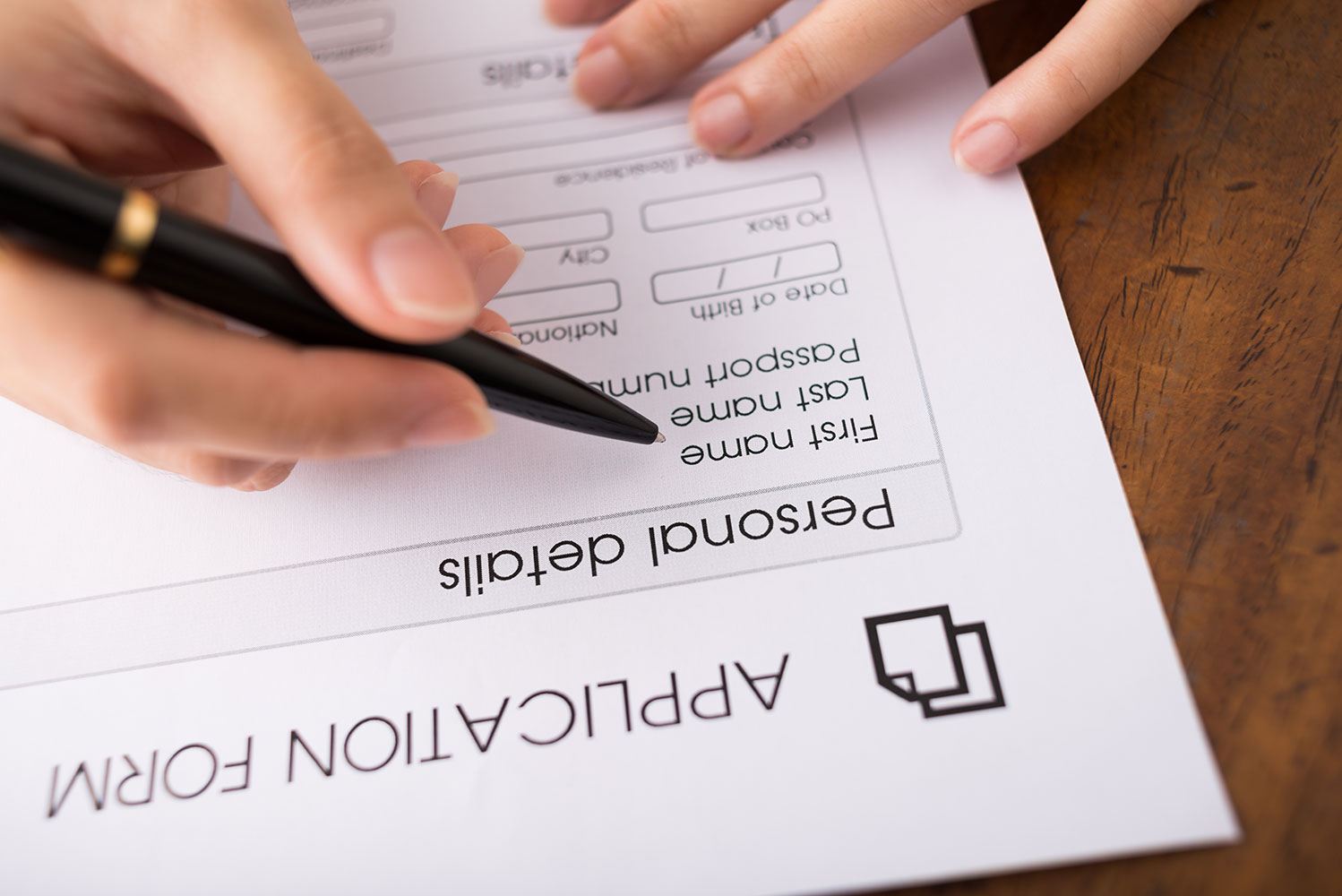Education system in Croatia - All you need to know
by Welcome Center Croatia | Last updated Jan 30, 2022 | Published on Jan 30, 2022
Content table
Enabling a proper education for children is a priority for every parent in Croatia. The Croatian Education system provides schooling services at pre-primary, primary, high school, and higher and adult education. All children legally staying in the country have the right to enroll in kindergarten, pre-school, elementary, and secondary school. This right includes children with temporary residence who visit the country for family reunification, asylum seekers, and those granted international protection.
If you are a foreigner who has just moved to Croatia or wants to visit the country, read on to learn about the school system.
Education Levels
There are four levels of education in Croatia. These include:
- Kindergarten—allows enrollment for kids aged six months to six years old
- Elementary school – available for kids between the ages of six and fifteen years
- High school allows kids between 15 and 18 years
- College is available for eighteen-year-olds and above
Kindergarten
This is the first level of education in Croatia and is designed for early childhood development. Kindergarten is locally known as vrtić. It's divided into three stages:
- The first level (Jaslice)—for kids aged six months to a year
- The second level – for children aged between one and three years
- The third level – is available for ages three to six years
Although these stages aren't compulsory, every child must attend at least one year of pre-primary school before joining the next stage. Enrollment is open throughout the year, meaning that your child can join any school with open slots. School enrollment starts in May, but classes begin in early September.
This level of education is locally known as osnovna škola. It's available for kids aged six or seven and is compulsory. Also referred to as Elementary education, it consists of single-structure primary and lower secondary, which lasts for eight years. The pupils are divided into three or more classes, referred to with an alphabet. For instance, you will find A, B, and C classes. The students stay with their class throughout their primary education.
Primary school is also divided into two stages, including:
- Lower Classes (Niži razredi) – 1st through 4th grade
This stage includes 1st to 4th-grade students aged 6 to 10 years. The students stay in one classroom for four years and are taught by one teacher, who teaches all subjects except foreign languages and religion. The main subjects include Croatian, nature, mathematics, music, visual art, society, and physical education. The students also have to learn one foreign language, with English being a favorite for many students. Croatian schools also provide religious education, but it's not compulsory.
- Upper Classes
Locally known as Viši razredi, upper classes are for children aged 11 to 15. Grades under this category run from fifth to eighth. Unlike the lower classes, students are taught by different teachers who specialize in a particular subject. The main subjects include geography, history, biology, physics, chemistry, and informatics. They also learn English as their second language. The students no longer have one classroom. Instead, they move around the school to get to their classes.
Given that primary school education is compulsory, the Croatian literacy rate is very high at 98.1%, with most children able to complete their education.
Elementary schools are widely available, allowing you to choose one that's nearest to your home. You are also free to enroll your child in alternative school programs like Montessori or Waldorf. However, schools that provide alternative education are primarily found in major cities like Zagreb and Rijeka.
When enrolling, your child will be assessed by school counselors, who will decide which class they should join. Special programs with classes on foreign languages are available for students who don't know Croatian. Special programs are also available for children with disabilities.
Your child also has a chance to attend music or dancing school while still attending primary school. Music and dancing education usually lasts for six and four years, respectively.
Meals and transport in Croatian schools are organized by the local government, meaning that they differ from region to region.
Secondary School
Croatian high school, locally known as srednja škola isn't compulsory, but most students who finish their elementary education enroll for vocational upper secondary courses. Secondary education in Croatia aims at providing students with the knowledge and competencies necessary in the job market. If they complete the four years of secondary education are regarded as having medium expertise.
Secondary education in Croatia is subdivided by focus and trade. These groups include:
- Gimnazija, also known as general schools, provide diverse education tracks including:
- Prirodoslovno-Matematička—allows students to specialize in math, informatics, and science
- Jezična—focuses on foreign languages and less science
- Klasična—provides studies centered around Latin and ancient Greek
- Opća Gimnazija—is treated as a transition to the professional training colleges, faculties, and universities. It covers general education and is not as specific.
- Sportska Gimnazija—allows students to Focus on one individual sport
- Prirodoslovna Gimnazija—focused on natural sciences with equal emphasis on mathematics, chemistry, physics, and biology. It also pays special attention to laboratory services.
- Obrtničke Škole—this is school of arts
- Umjetničke Škole—schools under this category focus on subjects such as visual art and music
- Strukovne Škole—students learn a particular technical course, including; cooking and carpentry. Most of these courses last either three or four years. This category also covers economics and engineering. Graduates who school for four years under this category sit for the national graduation exam, locally known as državna matura.
High School Class Subjects
High schools in Croatia specialize in general education with subjects such as Croatian, Math, Latin, English, History and Art History, Music Appreciation, Politics and Economics, Geography, Chemistry, Biology, Physics, Sociology, Psychology, Information Technology, Philosophy, Logics, and Physical Education. A second Foreign Language of choice is also taught in these schools. They also include religious education and ethics as elective subjects.
Subjects in vocational and art schools are centered on the school's particular focus.
Applying for High School
Applying for high school enrollment in Croatia is more challenging, and the studies are generally tougher to complete. First, the student makes a list of five schools they would love to attend during the enrollment procedure. They also have to arrange the names in order of choice, meaning that number one should be the school they like the most.
A point system comes into play to determine which school the student has qualified. The counsel involved in the process gathers points from primary school grades and compares them to the schools' minimal point levels written on the student's list. If they have acquired the minimum entry points, they will most likely be accepted.
Additional points are given to candidates who participated in national competitions. Also, a candidate may get direct enrollment in a specialized school if they want a school educational competition on a particular subject.
Higher Education
The higher education in Croatia is locally known as fakultet and comprises of two categories including:
- Polytechnic schools (veleučilište)
- Universities (sveučilište), regarded as the highest level of education
For many years, the distinction between the polytechnic and university programs in Croatia taught used to be the length of studies. The final classification of the student also came into play. However, implementing the Bologna Process brought comparability in the quality and standards of higher education qualifications. Following the implementation, the levels of expertise changed to:
- Bachelor of Science and Bachelor of Arts (Prvostupni)
- Master of Science and Master of Arts (Magistar)
- Master of Education (Magistar edukacije)
- Doctor of Science and Doctor of Arts (Doktor znanosti)
The colleges and universities focus on specific areas of learning, including Medicine, Law, Natural Sciences, Architecture, Philosophy, Engineering, and Economy.
Despite the comparability brought by the Bologna process, all universities in Croatia are composed of independent faculties. This means that each establishment maintains its administration, professional staff, and campus.
School Year & Holidays
The Croatian laws define the school year officially starting on September 1st and ending on August 31. Students, however, don't attend school the entire period as there are holidays.
Class days, events, and holidays follow the school calendar provided by the ministry of education. Student classes usually start at the beginning of September and last until mid-June.
Also, the school year is divided into two semesters, including summer and winter. Students also have three extended breaks exclusive of national holidays. These holidays include:
- Winter holidays that last for three weeks for Christmas
- Spring holidays runs for one week for Easter
- Summer holidays also last for two and a half months

